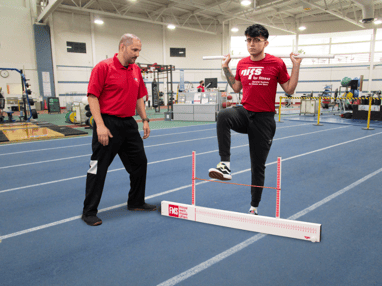 Wouldn’t it be satisfying to not be weak at something? We’re all born with differing personality traits and those exist as either our strength or our weakness. We are generally aware of these traits, which fall on either side of the line. It is normal to single out our strengths to share and use publicly because we are proud of them. However, it makes sense that we downplay our weaknesses and hide them as much as possible. It is also our human nature to speculate how we stack up in comparison to other individuals. Whether applying for a new job, competing in a sporting event, or even scrolling through social media, we are looking to see how others are doing and comparing ourselves to them.
Wouldn’t it be satisfying to not be weak at something? We’re all born with differing personality traits and those exist as either our strength or our weakness. We are generally aware of these traits, which fall on either side of the line. It is normal to single out our strengths to share and use publicly because we are proud of them. However, it makes sense that we downplay our weaknesses and hide them as much as possible. It is also our human nature to speculate how we stack up in comparison to other individuals. Whether applying for a new job, competing in a sporting event, or even scrolling through social media, we are looking to see how others are doing and comparing ourselves to them.
Here, I will explore the benefits of training your flaw—in other words, making your weaknesses your strengths.
Individual Goals and Beliefs
Everyone has their own goals and beliefs, but if it were up to me, I would rather be decent at several things than great at only one. When it comes to health and fitness, I urge you to be a well-rounded individual. Whereas the nutrition aspect is difficult for some, others might have the self-control and discipline to succeed at it. Some people might enjoy a good sweat session when others despise even setting foot in a fitness center for various reasons.
We gravitate toward what comes easy or what we enjoy more, leaving behind what we dislike, and that which needs the most work. My goal is to be the best version of myself no matter how long it takes. To accomplish this, I must first identify my weaknesses and dislikes. Once I complete this, the next step is to set new goals and come up with a plan of attack. This typically means starting with the weakest links.
Pinpoint Your Weaknesses
You may or may not have specific goals, so I will explain by sharing examples. The first example is CrossFit. I personally do not participate in CrossFit; however, the concept is quite clever. Their quest to attain the title of “Fittest on Earth” stems from being the ultimate athlete. CrossFit has identified 10 measurable fitness categories, such as stamina, strength, power, speed, flexibility, balance, coordination, agility, accuracy, and cardiovascular fitness. If every exercise that ever existed were written on slips of paper and you had to draw one out of the hat and complete it, could you do it and do it efficiently?
Another example would be the use of the Functional Movement Screen (FMS). It scores me based on what I am proficient at and where I fall short within seven distinct movement patterns seen not only in exercise, but also in day-to-day life. The strategic plan of attack is to start with the lowest scores to make them better so that all the other movement patterns can improve as well. Basically, the test pinpoints your weakest link (movement pattern), and the goal is to improve the movement and restore function by reducing the risk of injury.
NIFS staff members are certified to not only complete the FMS testing, but also to design corrective exercises and workout plans tailored to individual needs. Contact one of our Health Fitness Instructors, who can assist you in testing what may be a weak point for you (such as the bench press, squat, deadlift, pull-ups, stamina, mobility, and so on).
Strive for Progress
Lastly, it’s no secret that we tend to shy away from what we aren’t good at, even when it comes to our health and fitness. With some courage and the help of others, we can begin to expose our downfalls and identify weaknesses we may be blind to and start finding ways to make improvements. We should always be striving for progress rather than perfection. Find a program that improves on your weaknesses. Growth and change are not easy, but the benefits you gain are well worth it!
This blog was written by Cara Hartman, NIFS Health Fitness Instructor. To find out more about the NIFS bloggers, click here.


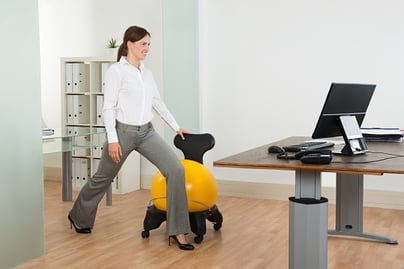 The More You Move, the Healthier You Can Be
The More You Move, the Healthier You Can Be Even though I grew up in a northern snow belt along the Great Lakes, cold weather is not my thing. In fact, I really don’t like anything about it. And often along with the winter blues comes a decrease in health and fitness due to the lack of motivation. To counteract that feeling, let’s look at ten tips that can help you be healthier this winter.
Even though I grew up in a northern snow belt along the Great Lakes, cold weather is not my thing. In fact, I really don’t like anything about it. And often along with the winter blues comes a decrease in health and fitness due to the lack of motivation. To counteract that feeling, let’s look at ten tips that can help you be healthier this winter. You hear it all the time: “Set your goals!” I can assure you that this will not be the last time you hear about
You hear it all the time: “Set your goals!” I can assure you that this will not be the last time you hear about  When it comes to settling back into school, adjusting to the crazy schedule can become one of the biggest tasks. From classes each day, to group project meetings, to homework due dates and the dreaded semester exams, how are we supposed to find the time to keep ourselves healthy and fit?
When it comes to settling back into school, adjusting to the crazy schedule can become one of the biggest tasks. From classes each day, to group project meetings, to homework due dates and the dreaded semester exams, how are we supposed to find the time to keep ourselves healthy and fit? 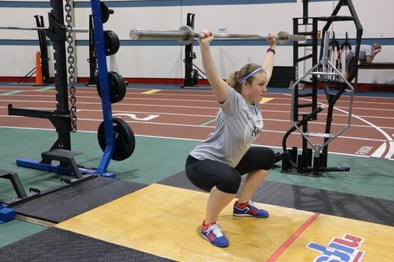 Improve performance of one or multiple lifts
Improve performance of one or multiple lifts Clean (Hang or Power)
Clean (Hang or Power) My fitness bucket list was created using
My fitness bucket list was created using 
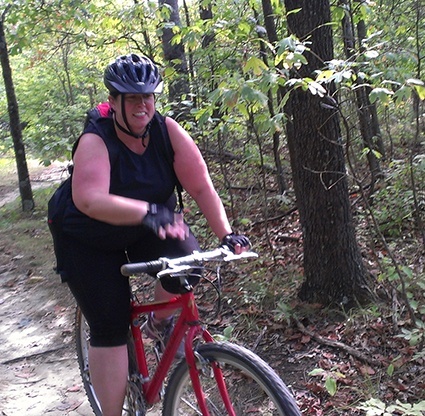 There comes a time when a story of struggle, strife, and success must be shared to remind others that you are never alone in your battle, and that achievement and happiness are closer than you may think. Katie Feltman has such a story.
There comes a time when a story of struggle, strife, and success must be shared to remind others that you are never alone in your battle, and that achievement and happiness are closer than you may think. Katie Feltman has such a story.  You’d think with the scary words the doctor was saying I would have walked out of there that day and taken charge of things right then. But change isn’t like that—not for me, at least. I was frustrated with how I felt, and I know this will sound superficial but it is true: I hated how I looked, which I didn’t realize then but now know was key to my struggle. Self-hate = no self care, and that was how I was living my life. I was living life in a muted capacity, and I lacked the motivation to do something about it—any of it.
You’d think with the scary words the doctor was saying I would have walked out of there that day and taken charge of things right then. But change isn’t like that—not for me, at least. I was frustrated with how I felt, and I know this will sound superficial but it is true: I hated how I looked, which I didn’t realize then but now know was key to my struggle. Self-hate = no self care, and that was how I was living my life. I was living life in a muted capacity, and I lacked the motivation to do something about it—any of it. I recently received a lesson on the origin and true meaning of the word coach. A coach can be defined as something that takes you somewhere, such as a stage coach or coach seat on an airliner. But a COACH is someone who takes you where you want to go. One of the many powers of a coach is the ability to make memories and lessons that stick with you forever, that take you places every day. I have been coached for the majority of my life before ultimately becoming one because knowing the effect these special people had on me, I wanted to be that for someone else.
I recently received a lesson on the origin and true meaning of the word coach. A coach can be defined as something that takes you somewhere, such as a stage coach or coach seat on an airliner. But a COACH is someone who takes you where you want to go. One of the many powers of a coach is the ability to make memories and lessons that stick with you forever, that take you places every day. I have been coached for the majority of my life before ultimately becoming one because knowing the effect these special people had on me, I wanted to be that for someone else.
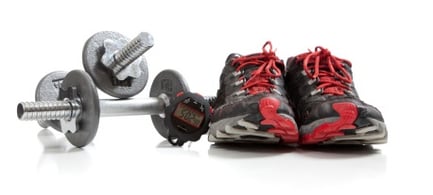 We’ve all heard the saying, “There are no stupid questions,” but there are a lot of questions that take a lot of effort and thought to answer correctly. One such question comes to mind when we are discussing fitness: “What should I do first, cardio or strength training?”
We’ve all heard the saying, “There are no stupid questions,” but there are a lot of questions that take a lot of effort and thought to answer correctly. One such question comes to mind when we are discussing fitness: “What should I do first, cardio or strength training?” 